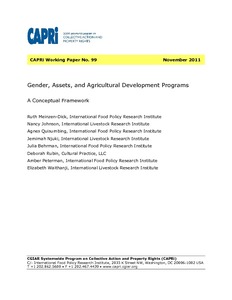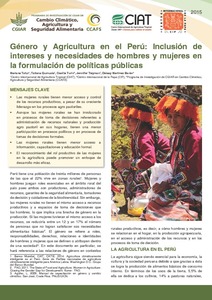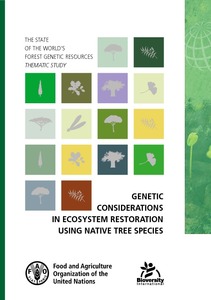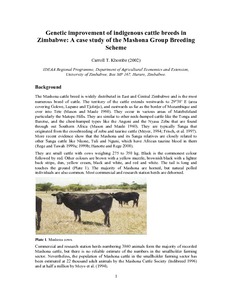rangelands
AGROVOC URI: http://aims.fao.org/aos/agrovoc/c_6448
Goat value chains as platforms to improve income and food security: The case of imGoats in Inhassaro District, Mozambique
Innovation platforms are increasingly used as spaces for interaction between actors in value chains to overcome barriers to development. It involves continuous learning and capacity building – both in terms of innovation capacity and specific technical or organizational capacities. Despite the increased use of Innovation Platforms in the context of value chains, there are several questions regarding their practical implementation.
Global versus local environmental impacts of grazing and confined beef production systems
Carbon footprint is a key indicator of the contribution of food production to climate change and its importance is increasing worldwide. Although it has been used as a sustainability index for assessing production systems, it does not take into account many other biophysical environmental dimensions more relevant at the local scale, such as soil erosion, nutrient imbalance, and pesticide contamination.
Gender, Assets, and Agricultural Development Programs: A Conceptual Framework
Being able to access, control, and own productive assets such as land, labor, finance, and social capital enables people to create stable and productive lives. Yet relatively little is known about how agricultural development programs can most effectively deliver these outcomes of well-being, empowerment, and higher income in a way that acknowledges differential access to and control over assets by men and women.
Género y Agricultura en el Perú: Inclusión de intereses y necesidades de hombres y mujeres en la formulación de políticas públicas
Perú tiene una población de treinta millones de personas de las que el 22% vive en zonas rurales. Mujeres y hombres juegan roles esenciales en el ámbito rural del país pues ambos son productores, administradores de recursos, garantes de la seguridad alimentaria, tomadores de decisión y cuidadores de la biodiversidad. Sin embargo, las mujeres rurales no tienen el mismo acceso a recursos productivos y a espacios de toma de decisiones que los hombres, lo que implica una brecha de género en la producción.
Genetic considerations in ecosystem restoration using native tree species. State of the World’s Forest Genetic Resources – Thematic Study.
There is renewed interest in the use of native tree species in ecosystem restoration for their biodiversity benefits. Growing native tree species in production systems (e.g. plantation forests and subsistence agriculture) can also ensure landscape functionality and support for human livelihoods. Achieving these full benefits requires consideration of genetic aspects that are often neglected, such as suitability of germplasm to the site, quality and quantity of the genetic pool used and regeneration potential.
Genetic evaluation of growth and survival at 6 weeks old fry of Egyptian Nile Tilapia (Oreochromis niloticus) between improved Abbassa and commercial Manzala strains in a diallel crossing
Genetic improvement of indigenous cattle breeds in Zimbabwe: A case study of the Mashona Group Breeding Scheme
Genesis reversed: climate change impacts on agriculture and livelihoods in mixed crop-livestock systems of East Africa
Climate-induced livelihood transitons in the agricultural systems of Africa are increasingly likely. There has been only limited study on what such transitons might look like, but it is clear that the implicatons could be profound in relaton to social, environmental, economic and politcal efects at local and natonal levels.
Genetic parameters, productivity indices and breeding plans for designing community-based goat breeding programs in Ethiopia
The overall objectives of this dissertation were to improve access to improved/selected bucks by farmers of the research sites and to contribute to their food security and income improvements.












